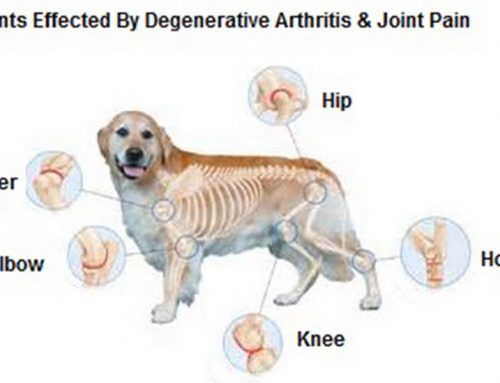As your pet gets older, it is common for them to become “lumpy and bumpy”. Many lumps are benign (not often harmful), but others can be quite scary.
It is recommended to monitor all lumps your pet may have by noting their size, color, shape, etc. Characteristics of a benign mass often include slow growing, soft, freely movable under the skin, and non-changing. Malignant masses tend to grow quickly, they may change in appearance, and some metastasize (spread elsewhere).
Your veterinarian will examine your pet, evaluate the mass and determine whether it is okay to monitor it, or diagnose the mass and start a treatment plan. To diagnose the mass, a needle biopsy may be performed using a needle and syringe to collect a sample to examine microscopically. This is often done without sedation or causing much discomfort to your pet. If the mass is unable to be diagnosed by a needle biopsy, a surgical biopsy may be necessary. Biopsy results help guide treatment. Surgery, chemotherapy, radiation, and immunotherapy may be discussed.
Although most fear malignant masses, benign lumps may also become problematic for your pet. For example, some lipomas (benign fatty masses) grow so large they provide discomfort to your pet or disrupt your pet’s ability to walk, sit, or lay. Sebaceous cysts (lumps produced by an oil producing gland) may rupture, resulting in pain and an open wound that may become infected.
Most pets are unbothered by the lumps and bumps they have, but this should not determine whether you have the mass examined. Early detection and intervention is key in successful treatment of cancer. Do not wait until your pet is due for their annual wellness visit. It is recommended to have all masses examined by a veterinarian. No mass should be ignored.
Courtesy – Dr. TJ








Leave A Comment